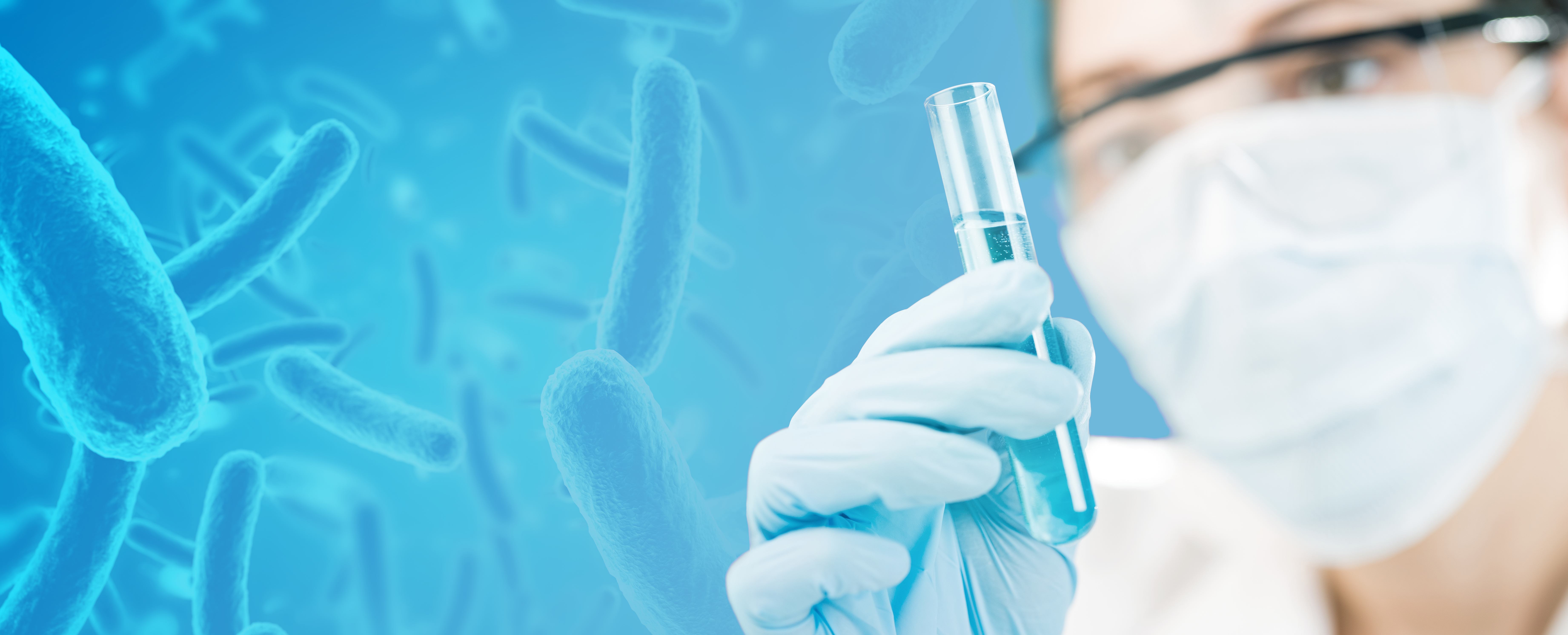The World Health Organization (WHO) has declared the Covid-19 pandemic, triggered by the novel coronavirus SARS-CoV-2, as an "emergency for public health on an international scale". Apart from the corona crisis, infections pose a permanent threat for humankind. According to the WHO, diseases caused by bacteria, viruses and parasites are still among the most frequent causes of death in non-industrialized countries. HIV/AIDS, tuberculosis and malaria, for example, kill almost five million people worldwide every year.
Infectious diseases are again on the rise also in industrialized countries. In particular, the widespread use of antibiotics, once a silver bullet against bacterial pathogens, has led to many pathogens today being resistant to antibiotics. According to a study by the Robert Koch Institute (RKI) and the European Centre for Disease Prevention and Control (ECDC), 670,000 people in the EU are infected by antibiotic-resistant pathogens every year – around 33,000 people die from them every year [1]. In addition, hardly any new antibiotics are approved, which is why experts have long been talking about the post-antibiotic era.
Despite all medical advances, the diagnosis and therapy of sepsis, which is usually treated with broad-spectrum antibiotics, is a particular challenge. It is estimated that in Germany alone about 150,000 people suffer from sepsis every year, and between 30 and 50 percent of patients die from the consequences of "blood poisoning".
[1] https://www.rki.de/DE/Content/Infekt/Antibiotikaresistenz/Uebersichtsbeitraege/AMR_Europa.html, https://www.ecdc.europa.eu/en/news-events/33000-people-die-every-year-due-infections-antibiotic-resistant-bacteria, https://www.thelancet.com/journals/laninf/article/PIIS1473-3099(18)30605-4/fulltext, downloaded on April 8, 2020
 Fraunhofer Institute for Interfacial Engineering and Biotechnology IGB
Fraunhofer Institute for Interfacial Engineering and Biotechnology IGB
